What REALLY Happens to Donated Clothes in Australia?
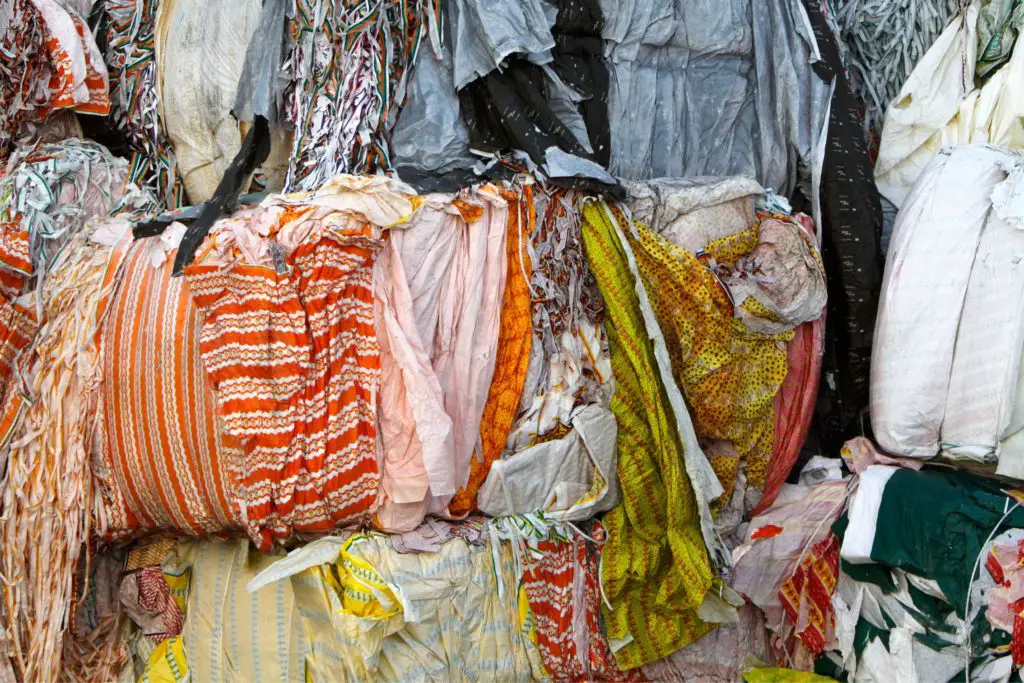
This post was last updated in 2022
When people donate clothes to charities, they are under the impression they are given away or resold at a lower price point, to help those in need in Australia. But that’s not always the case.
With fast fashion being what it is and Australians purchasing and discarding clothing at an alarming rate, the quantity of clothing flowing into charities has rapidly increased. And that has created a situation where – by necessity – items donated to charities do not go to those in need.
You will find further information on this topic below. Specifically, I look at the questions:
What happens to clothes given to Australian charities?
| Use of Donated Clothing | Percent | Tonnes |
|---|---|---|
| Sold in Charity Shop | 16.50% | 51,202 |
| Repurposed Domestically | 36% | 111,714 |
| Exported for Reuse in Developing Countries | 33% | 102,404 |
| Provided as Welfare | 0.50% | 1,552 |
| Waste to Landfill | 14.00% | 43,444 |
This split will vary from charity to charity.
- 3% is sold at The Smith Family retail stores.
- 2% is used for rags sent to mechanical industries.
- 50% is exported as Smith Australian Mix-Summer (SAMS). Shorts, t-shirts and summer dresses are all baled up together and shipped to Dubai and Malaysia to either be worn or sorted and re-baled and sent to African nations.
- 5% is sent to export markets in the middle east and Asia. This is where the winter clothing goes.
- 14% is shipped off as Processing Engineered Fuel (PEF) which powers cement factories in Asia.
- 16% ends up as landfill.
- 5% are resold by local charities
- 65% goes to Malaysia for international redistribution
- 15% is recycled
- 15% is burnt for fuel
How much donated clothing is thrown away in Australia?
- Illegal dumping in front of charity stores or outside charity bins exposes clothing to the elements. These end up being ruined beyond repair.
- People donate clothing that is not fit for wear, including items that are stained, torn, smelly or mouldy.
- It is not possible to recycle most clothing because the materials are difficult to recycle and the technology does not exist.
- It is possible to recycle however the processing facilities do not exist in Australia at present or it is not fully developed.
If you want to know more about what condition your clothes need to be in so it doesn’t end up in landfill, have a read of Donating Clothing? Know What You Can or Can’t Donate.
What happens to clothes that charities can't sell?
Clothing that can not be sold by charities is either repurposed domestically as rags or sold overseas as part of the used clothing export market. From there it can flood local markets and end up causing an environmental catastrophe in the country the “donations” were meant to help.
No doubt it is the selling of clothes overseas that you are most concerned about.
The most comprehensive report on this was conducted by the ABC, which looked at what happened to clothes sold to Ghana. This Foreign Correspondent report summaries the ABC report:
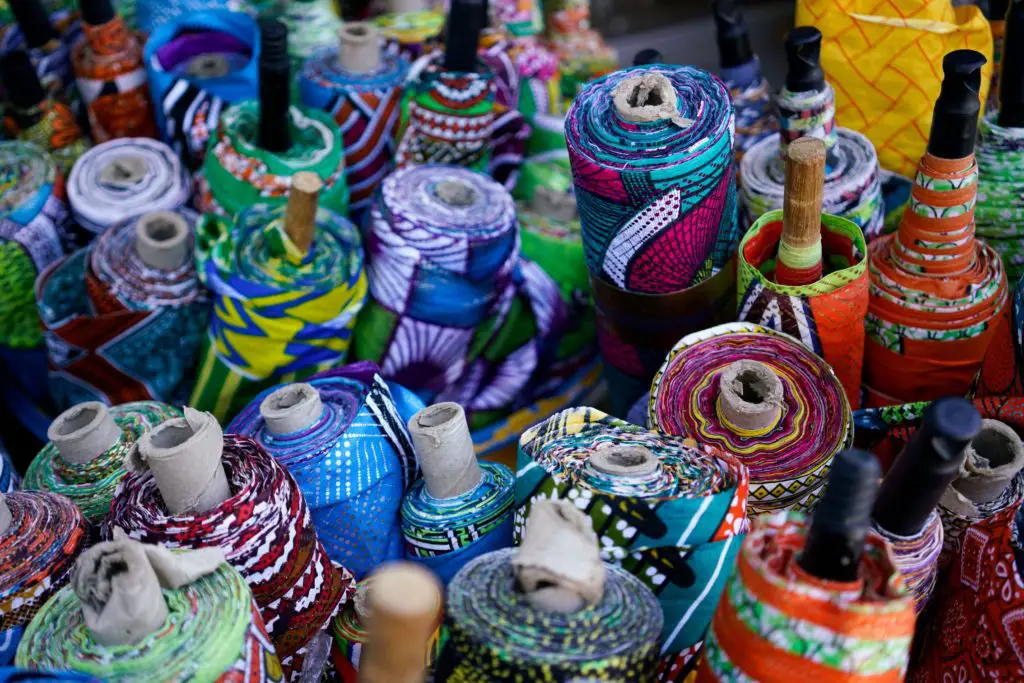
Australians donate 310,000 tonnes of clothing to charities every year... But one-third of these clothes can’t be sold in local op shops. Instead, they are shipped overseas. Charities sell them to Australian exporters for around 50 cents a kilogram. They’re then exported to Malaysia, Pakistan and the UAE for sorting into bales based on their market segment, for example, “men’s shirts” or “women’s jackets”. Those bales are then sold to importers in Eastern Europe, the Pacific and Africa. Once these garments arrive in those markets, many end up in landfill
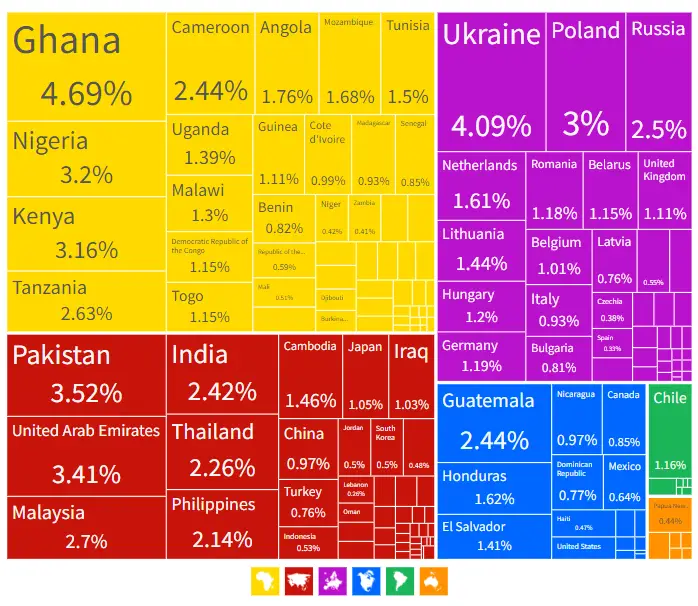
Why would Australian charities support these activities?
Some clothing is exported, and these are also donated items intended for reuse. The only difference between exported items and the items sold in op shops, is that they are of a slightly lesser grade without a viable reuse/resale market in Australia – but perfectly ideal and in high demand for developing countries overseas with consumers of limited purchasing power. In addition to serving a vital need overseas, the export trade generates millions of dollars in revenue for Australian charities, which goes directly toward social welfare programs for the most disadvantaged people and communities at home.
If items exported overseas were high quality and the quantities were not overwhelming, I imagine the problems noted in the ABC report could not be attributed to the used clothing sold by Australia.
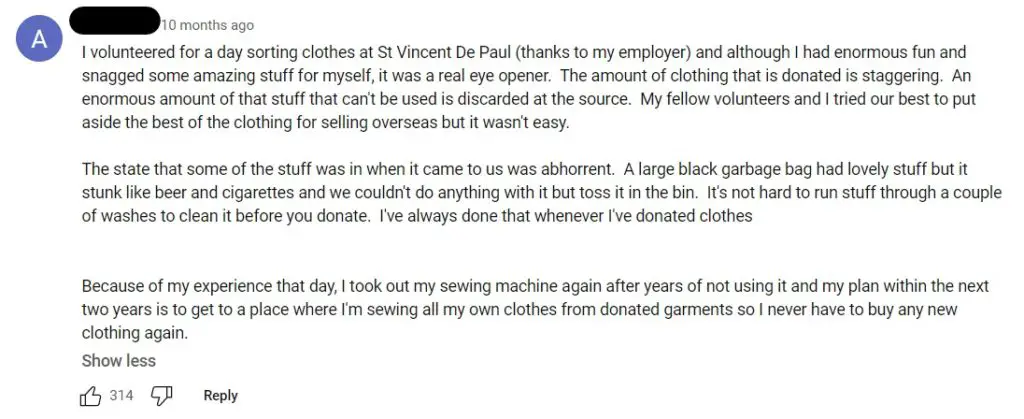

The argument that these exports support the overseas reuse market is persuasive if you are not concerned with its unintended consequences. But given the potential for these exports to displace local textile markets, create unstable employment for those overseas and create situations where countries are disadvantaged, with textiles ending up in landfill and causing environmental damage – it’s not the strongest argument.
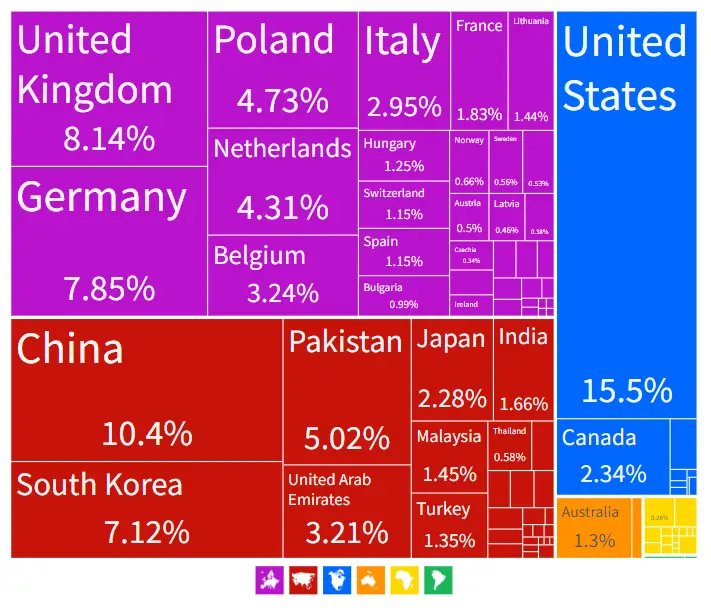
Does this apply to all charities?
- SCR group – the Sydney Morning Herald notes that 65% of their clothing donations is sold to Malaysia for international redistribution
- Clothing Clean Up – 70% is shipped and recycled overseas
- King Cotton – they note 95% of collections is reused and reworn in third-world countries.
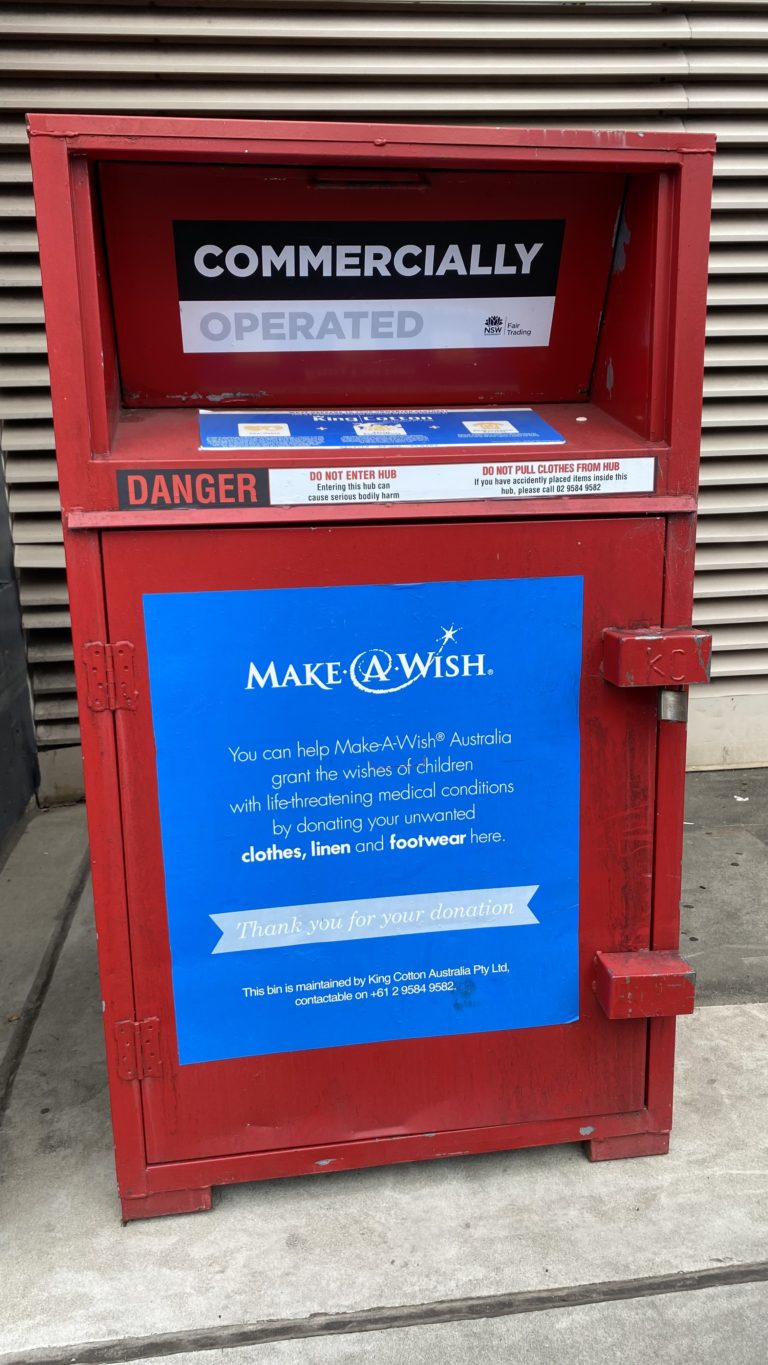
In the middle are the larger charities that accept donations, many of which are represented by Charitable Recycling Australia. So this includes The Salvation Army, St Vincent de Paul Society, Australian Red Cross, Save the Children, Lifeline, Anglicare, RSPCA, Uniting, Good Sammy Enterprises, Red Nose, Uniting, Brotherhood of St Laurence, Family Life, Sacred Heart Mission, Ted Noffs, Helping Hands, Outlook Victoria, Endeavour Foundation, Diabetes, Epilepsy Foundation, Alinea, Link Vision and dozens more.
They tend to export around 33% of donations, as noted previously.
Is donating clothes to charities a good idea?

After more information? You may be interested in....
What to Do With Unwanted Old Clothes – A Complete Guide – for a full list of options, based on how many items you have and what condition they are in
The BEST Places to Sell Clothing Online in Australia – a full guide that will help you choose the best place sell your clothes, covering all clothing types and situations
Is Selling Your Clothes Worth It? Tips to Help You Out – a deep dive into selling clothing online, what price to set and what you can do to make the process easier for you
Where to Donate Clothing In Australia – A Full Guide – the best places to donate your fit for wear clothing, including what to do with a bulk lot of clothes
Donating Clothing? Know What You Can or Can’t Donate – if you need to know what charities do or do not accept and the condition clothing should be in before you donate
Do charity and thrift stores wash donated clothing? – if you were wondering if charities wash clothing and why clothes from charities smell the same
Throwing Away Old Clothes – Can You and Should You Bin Them? – if you want to know what happens when clothes are thrown into landfill, charity or recycling bins
What to Do With Clothes that CANNOT be Donated – a full guide on what to do with clothes that are not fit for wear
Where to Recycle Clothing in Australia – All Options Covered – a full list of places that accept clothing for recycling, along with details on what REALLY happens when they take your clothes
What To Do With Old Underwear and Bras – Practical Tips – if you want to know whether you can donate underwear and bras, as well as practical reuse and recycling options




